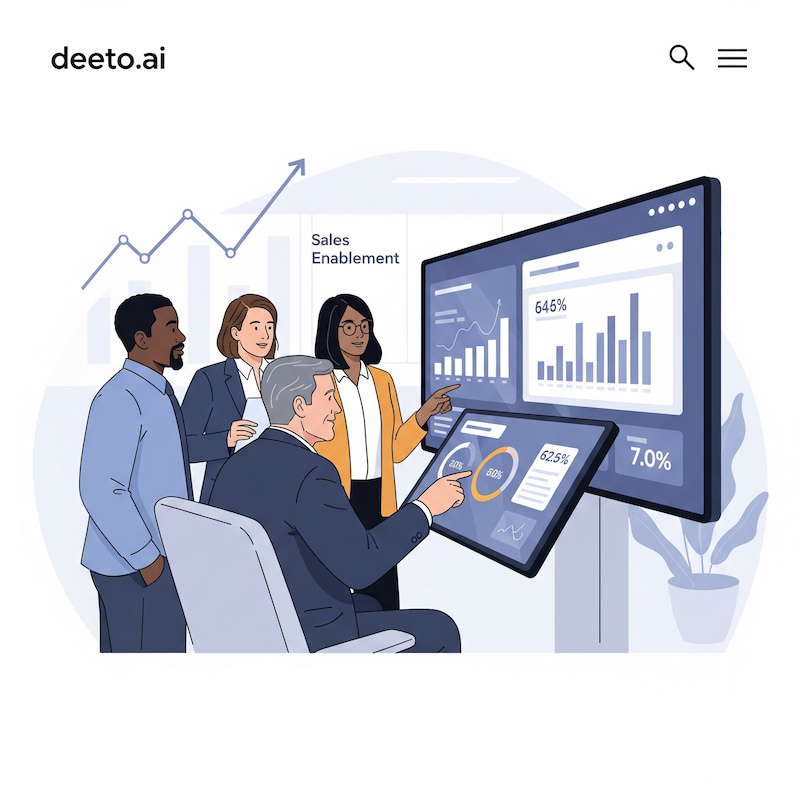Sales enablement sounds simple: give your sales team what they need to close more deals. It’s the implementation where most companies struggle.
You can’t just throw content into a shared drive and call it a day. You need the right tools, the right process, and alignment across sales, marketing, and customer success. If your strategy doesn’t serve the rep and the buyer, it won’t move the needle.
This article walks you through how to build a practical, effective sales enablement strategy, so your reps close deals and drive revenue across your org.
Why a sales enablement strategy is non-negotiable today
As of 2023, 90% of organizations have a dedicated sales enablement team or program, according to Highspot’s 2023 State of Sales Enablement Report. If you don’t have one yet, you’re officially behind.
But stats alone aren’t the reason to act. Sales enablement is the system that addresses the core problems holding back revenue:
- Inefficiency
- Inconsistency
- Underperformance
QuotaPath’s recent study found 91% of companies fail to hit 80% of their quota targets. Reps spend just 28% of their week actually selling. The rest goes to admin tasks like CRM updates, coaching calls, digging through cluttered content folders.
Even if you continuously train your reps, the vast majority of what they learn is forgotten unless you reinforce it with structured, accessible playbooks and tools.
That’s what a strong sales enablement strategy gives you:
- A repeatable process
- A single source of truth
- And most importantly, a system that helps reps close deals faster, better, and more consistently.
Who benefits from sales enablement? A stakeholder perspective
Enablement is a force multiplier across your entire GTM motion.
Sales teams are who enablement is built for.
With a solid strategy in place, reps no longer waste time hunting for content, second-guessing messaging, or improvising their pitch. They get:
- On-demand access to proven content
- Clear playbooks for each scenario in the buyer journey
- Faster onboarding and sharper training
- More time selling, less time doing admin
Enablement helps your reps show up smarter and close with confidence
Marketing teams finally see their content put to work.
Instead of creating decks and one-pagers that sit unused, enablement aligns marketing output to sales needs. That means content gets delivered at the right time to the right rep, and messaging stays consistent across touchpoints. It also creates feedback loops, which show you which marketing collateral is actually driving new business.
Sales leaders get visibility and control.
There’s no more mystery around what reps are using, saying, or sending. With the right tools in place, sales leaders can standardize winning behaviors across the team, spot coaching opportunities based on real data, and track what’s working (and fix what’s not) faster.
This means that in addition to visibility and control, they can be more hands-off. So, sales performance is a lot more scalable.
Customers get better content and experiences.
When your sales motion is consistent, consultative, and relevant, the customer experience improves. Today’s B2B sales teams are less “selling” and more “guiding prospects toward the best solution.” Enablement tools and materials facilitate that.
In return, buyers get faster deal cycles with less complicated buying processes, more conviction they’re getting the right product for their needs, and stronger, higher-trust relationships with your brand.
Phase 1: Assessing your current state and defining objectives

Before you roll out tools, templates, or training, you need a clear picture of where your sales org stands.
Phase 1 of building a sales enablement strategy is about taking inventory. You’re identifying what’s working, what’s broken, and what needs reinforcement. It also means setting clear, measurable goals so you know whether your enablement efforts are actually moving the needle.
Conducting a comprehensive sales audit.
This is where you find the gaps and opportunities in your current process. Start by mapping out your current sales landscape from top to bottom.
Start by analyzing your full sales process: prospecting, discovery, proposal, closing, and post-sale handoff. Where are the friction points? Where do deals stall or go dark? Which reps are excelling, and why?
Then, look at how your effectively your CRM, content library, training platforms, and call recording tools are being used and whether or not they’re integrated.
Also assess rep performance and knowledge. Look at onboarding ramp times, average deal size, win rates, and activity metrics. Then go deeper: do reps actually understand your buyer personas, product value props, and competitive differentiators?
Get feedback from the field here. Interview top-performing reps, frontline managers, and even customers. Ask:
- What slows you down in the sales cycle?
- What content or messaging feels outdated or missing?
- What tools do you actually use, and which ones get ignored?
With Deeto as a component in your enablement toolkit, you’ll have an up-to-the-minute window into which customer references, sales assets, and proof points are driving deals forward. It makes it easy to spot what’s resonating so you can course-correct faster.
Defining clear, measurable sales enablement objectives
Once you understand the gaps, it’s time to define what success looks like. That starts with alignment. That’s why you tie enablement to business outcomes.
Your sales enablement goals should directly support broader revenue targets. Ask yourself: What changes in rep behavior or sales performance would create the most significant bottom-line impact?
Of course, enablement needs focus. “Make sales better” won’t cut it. Set goals that are:
- Specific (e.g., shorten onboarding time)
- Measurable (e.g., from 90 days to 45 days)
- Achievable
- Relevant to company goals
- Time-bound
An example of a sales enablement objective that meets these criteria could be “reduce average sales cycle from 45 days to 30 days” or “increase win rate on inbound leads by 15%.”
Phase 2: Building your enablement framework
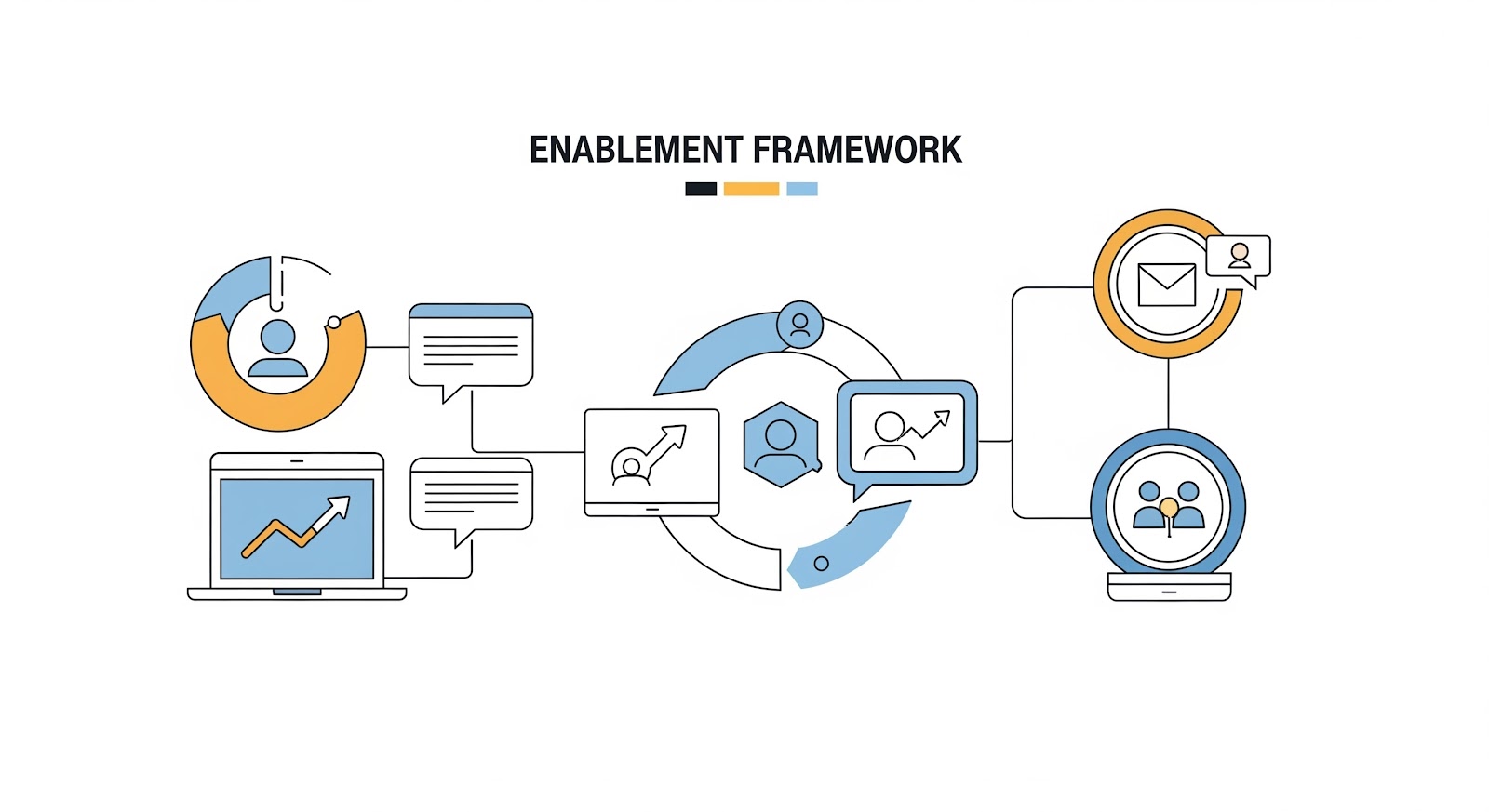
This phase is about building the foundation: the right content, training programs, tools, and processes that enable your sales team to perform at their best. Each element needs to be intentional, aligned to your goals, and designed to scale.
Sales content strategy: empowering sellers with the right message
Content is one of the most critical (and most overlooked) pillars of sales enablement. But it’s not about volume, it’s about utility. Your sales content should align with specific deal stages, address real buyer concerns, and be easy for reps to find and use.
Build a content strategy that includes:
- Case studies and testimonials tailored to different industries
- One-pagers, decks, and product sheets mapped to buyer personas
- Objection-handling scripts and competitive battle cards
- Playbooks that walk reps through the sales motion, step by step
Make sure every piece of content has a clear purpose and owner. Marketing creates it, sales leaders package it, and reps delivers it.
Sales training and coaching programs
Training isn’t a one-and-done event. To drive behavior change, you need structured, ongoing programs that reinforce skills and keep reps sharp.
Create a layered training plan that includes:
- Onboarding: Clear paths to ramp reps fast — product, process, pitch.
- Microlearning: Bite-sized refreshers embedded in their workflow.
- Call reviews: Real-time coaching based on real conversations.
- Peer-led sessions: Top reps share what’s working.
Top-performing B2B sales teams tie training to sales outcomes. If it doesn’t improve activity quality or revenue metrics, iterate.
Tech stack optimization: tools for efficiency and effectiveness
Your tech stack should make selling less complicated, not more. Believe it or not, this is where a lot of companies get stuck because their software creates process and information silos.
That’s why we always say to consolidate where you can. Look for platforms that are purpose-built for sales workflows and integrate natively with your CRM.
- CRM as your single source of truth
- A tool for content management
- A tool for quoting, contracting, and billing (with sales playbooks built-in)
- A tool for customer-led selling (i.e., marketing and advocacy)
Once your core systems are streamlined, layer in smart tools that surface real-time insights without adding noise:
- Conversation intelligence to highlight coaching moments and deal risks
- Engagement data to show which content moves buyers
- Forecasting tools that reflect buyer intent
Deeto is unique in the “sales enablement” category because it surfaces both social proof content and live customer references. Whether that’s a case study, testimonial, or a peer-to-peer reference call, Deeto’s smart-matching algo handles the heavy lifting, automatically connecting the right asset or advocate to each seller based on persona and deal context.
Sales process optimization and best practices
Tools and content don’t matter if your process is broken. That’s why you design clear, consistent workflows for:
- Lead handoff from marketing to sales
- Qualification and discovery
- Proposal and pricing approvals
- Customer reference and proof point delivery
- Post-sale handoff to customer success
Document best practices. Standardize your sales stages. Define what “good” looks like at every step. And build systems that make it easy to follow.
Phase 3: Putting your strategy into action
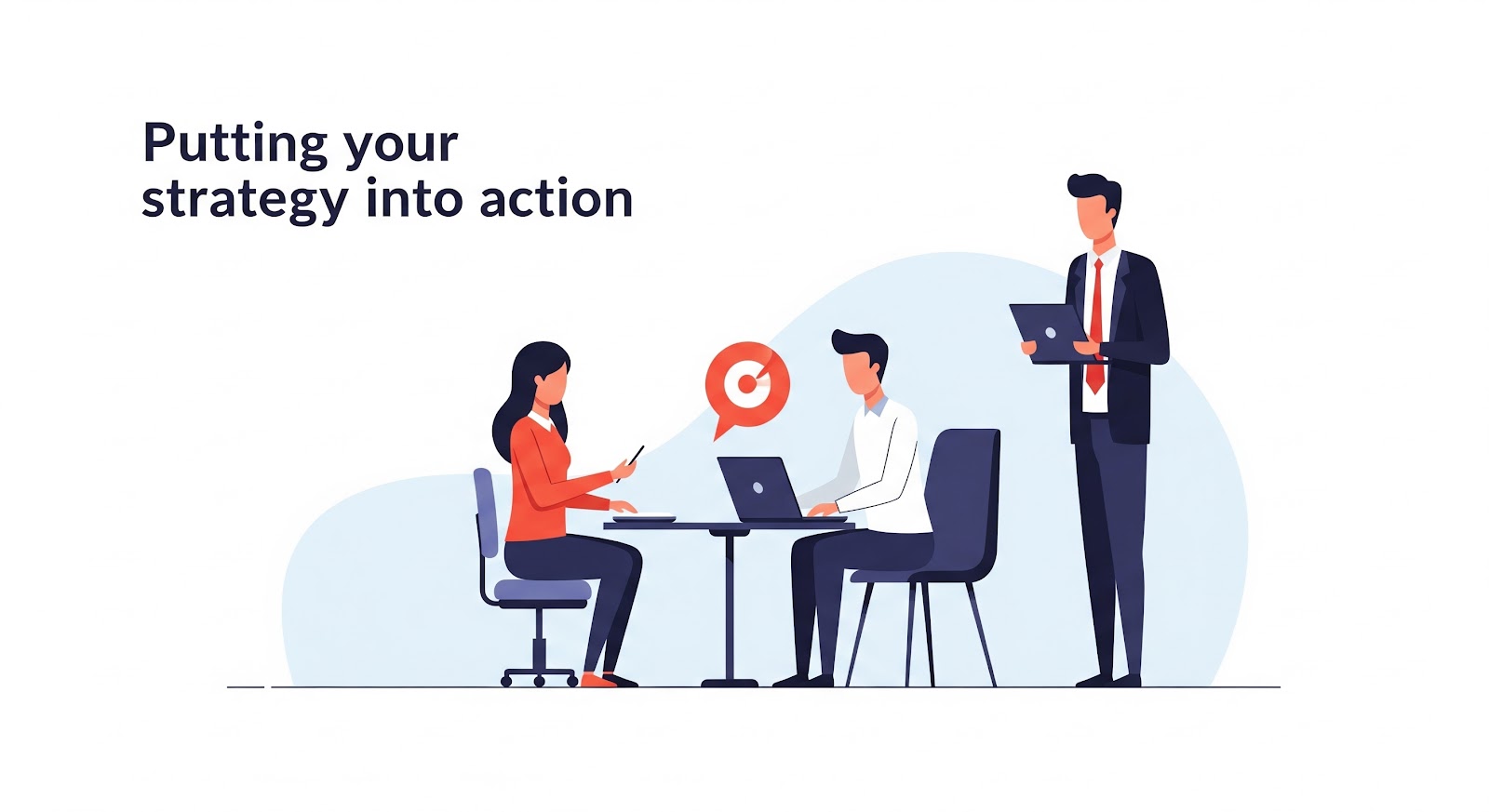
In Phase 3, you move from planning to action. Here, you’re building your team, launching your programs, driving adoption, and measuring impact. The key is to start focused, roll out in phases, and reinforce your efforts with clear support systems and feedback loops.
Building your sales enablement team
You don’t need a 10-person department to start, but you do need ownership. Designate someone responsible for leading sales enablement. They’re the ones who’ll sit at the intersection of sales, marketing, and RevOps, with a mandate to:
- Build and maintain content and training systems
- Work closely with frontline managers to support reps
- Own tools and tech stack optimization
- Track and report on enablement impact
Phased rollout and pilot programs
Don’t try to launch everything at once. Start with a pilot. Choose one segment — a team, region, or product line — and test your new enablement assets, processes, and tools. Then refine based on feedback before scaling it org-wide.
This approach lets you work out kinks early, collect success stories, and build internal advocates before you fully roll it out.
Change management and adoption strategies
Train managers first because they’re your frontline influencers, and they’ll end up transferring that knowledge to their teams. To increase retention, make sure that knowledge transfer happens on a recurring basis through regular enablement sessions rather than one-off training. Office hours, Slack channels, quick-reference guides also help.
To drive adoption as quickly as possible, embed your enablement strategy into all your workflows by making tools and content accessible in your CRM or selling platform.
It’s a good idea to celebrate early wins. Call out reps using new tools effectively. Highlight closed deals driven by new assets.
Measuring and reporting on sales enablement KPIs
To prove value and guide improvements, you need to track the right metrics across three dimensions:
- Revenue-based indicators: Win rates, average deal sizes, and sales cycle length.
- Activity-based metrics: Content utilization, training completion rates, and tool adoption.
- Qualitative metrics: Sales rep feedback and manager observations.
Consistently monitor for improvements in these areas and use that data to optimize your strategy in real time.
Phase 4: Optimization and continuous improvement
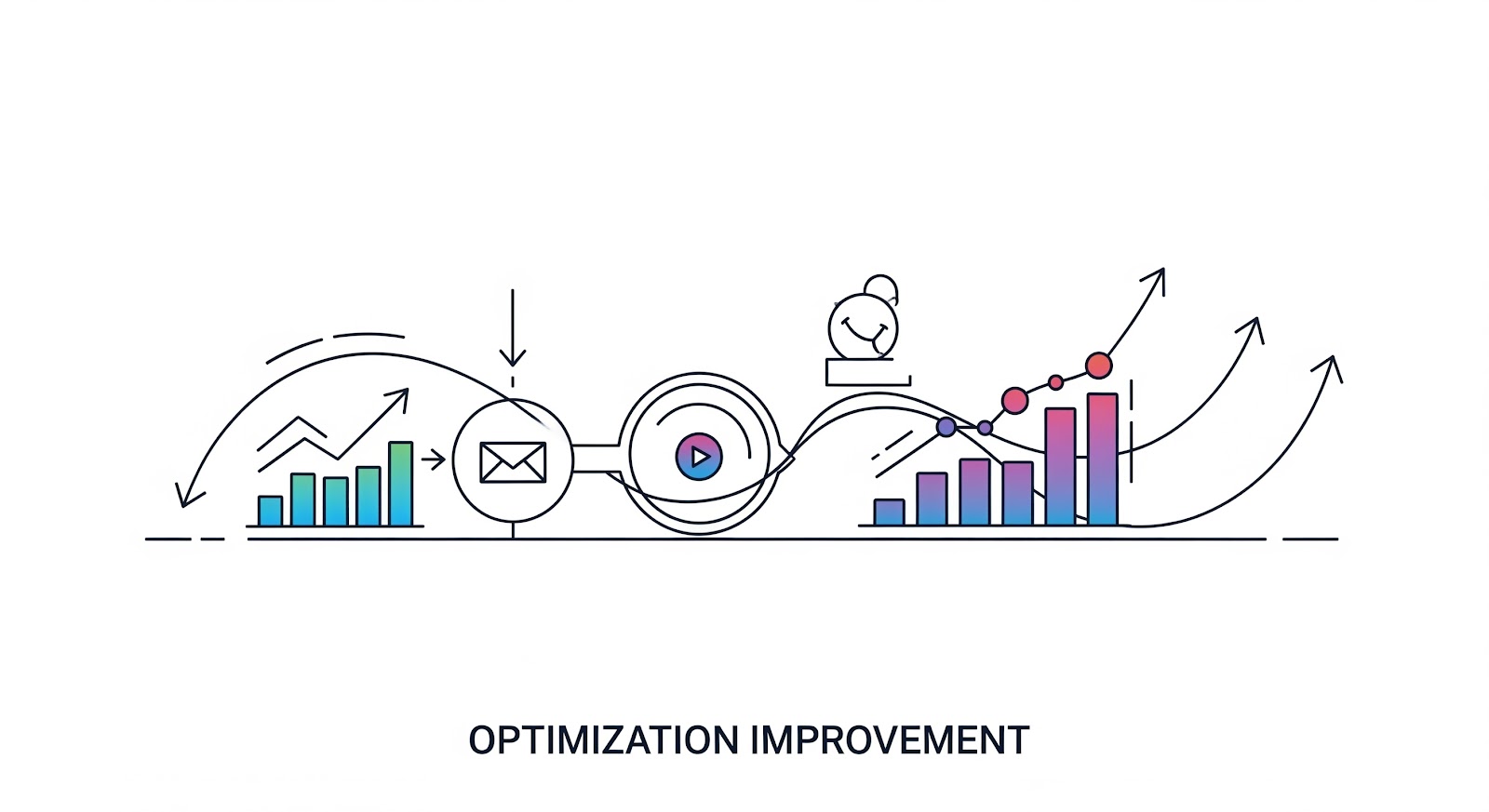
Once your strategy is live, the work shifts from rollout to refinement. This phase is about staying agile: analyzing what’s working, removing what’s not, and doubling down on what drives results.
- Collect customer feedback.
- Keep a feedback loop with Sales.
- Revisit your metrics on a regular basis.
- Refresh and retire content where you have to.
- Evolve your training based on seller performance.
- Pay attention to market trends, new tools, competitor moves, and customer behavior.
If you can do those six things, you’ll be in a good spot long-term.
Common mistakes to avoid when developing a sales enablement strategy
Plenty of sales enablement strategies fall flat because of a few avoidable missteps. If you want your efforts to actually drive results, not just check a box, steer clear of these common mistakes:
Misalignment between Sales and Marketing
Enablement is where both teams meet in the middle. When marketing creates content without input from sales, it’s often either too product-heavy, not relevant to the buyer’s stage, or simply goes unused.
Fix this by building shared goals, regular syncs, and feedback loops into your strategy. Sales should influence content creation, and marketing should track how that content performs in live deals.
Focusing on tools over outcomes
A lot of teams fall into the trap of buying flashy tools without a clear plan for usage or outcomes. More tools won’t fix poor processes, weak content, or lack of training. Remember that tech is the supporter and facilitator, not the strategy.
Always start with your objectives: What behavior are you trying to change? What outcome are you driving? Then find tools that support that, not the other way around.
One-size-fits-all content
Not every buyer, product, or sales motion is the same. But sales orgs tend to push generic decks and templates to every rep.
Great enablement content is segmented by:
- Buyer persona
- Industry
- Deal stage
- Product line or use case
If your reps don’t feel like the content fits their deal, they won’t use it. Customize intelligently and make it easy to access the right asset at the right time.
Lack of measurement and iteration
Maybe you launch a content hub, onboarding program, or call coaching tool… and never check whether it’s driving performance.
Track what’s getting used, what’s converting, and what’s helping reps ramp faster or close more, then act on what the data shows. Kill what’s not working. Double down on what is.
Aligning sales enablement with CLG initiatives

Sales enablement isn’t just about giving reps tools. Really, it’s about helping them build relationships with their prospects. And few things build trust faster than real voices from your customers.
When your sales team can bring solid customer proof into the conversation, you shift from persuasion to conviction. That’s why customer-led growth (CLG) has to be baked into your enablement strategy from day one.
Empowering reps with customer stories
When reps share relevant customer stories but real use cases tied to the buyer’s pain points, they add instant credibility to the pitch.
To make this scalable:
- Use Deeto to curate a library of segmented customer stories by persona, industry, and product use case.
- Package them into bite-sized, rep-friendly formats (slides, talk tracks, short videos).
- Train reps on how and when to use them in conversations.
Turning advocates into enablement assets
The key is to systematize this. Once you’ve activated your customer base, you’ll be able to:
- Build a customer reference program
- Get referrals at scale
- Capture authentic voice-of-customer content for sales
- Source user-led tips, walkthroughs, and best practices that build buyer confidence
And because these advocates speak from experience, they frequently do a better job addressing your buyers’ concerns than your pitch ever could.
Deeto’s role in the enablement ecosystem
The above is where Deeto becomes a game-changer. Deeto bridges the gap between customer-led growth and day-to-day sales enablement. It gives your team:
- Smart-matched customer references based on deal context
- Social proof content like testimonials and case studies tied to personas and industries
- Referral workflows that turn customer love into consistent pipeline
- User-generated content that reflects how real people use your product
You can access it all within one centralized platform and sync it to your CRM, so reps can bring customer voices into the deal flow without lifting a finger. Then, your customers become part of your sales team, which is what top sales orgs do to dominate in the “enablement” department.
Request a demo to see it in action.
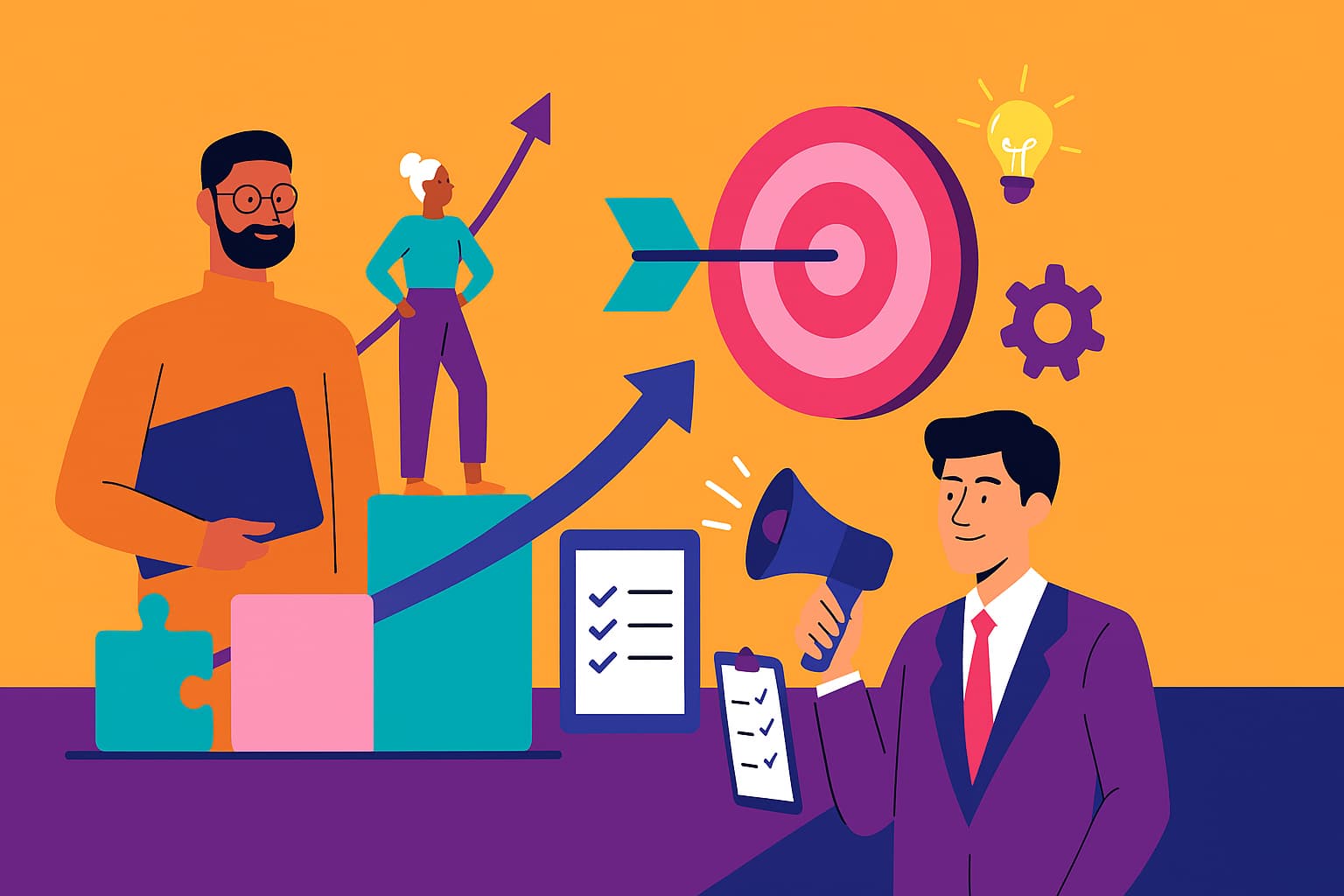
.jpg)
.jpg)
